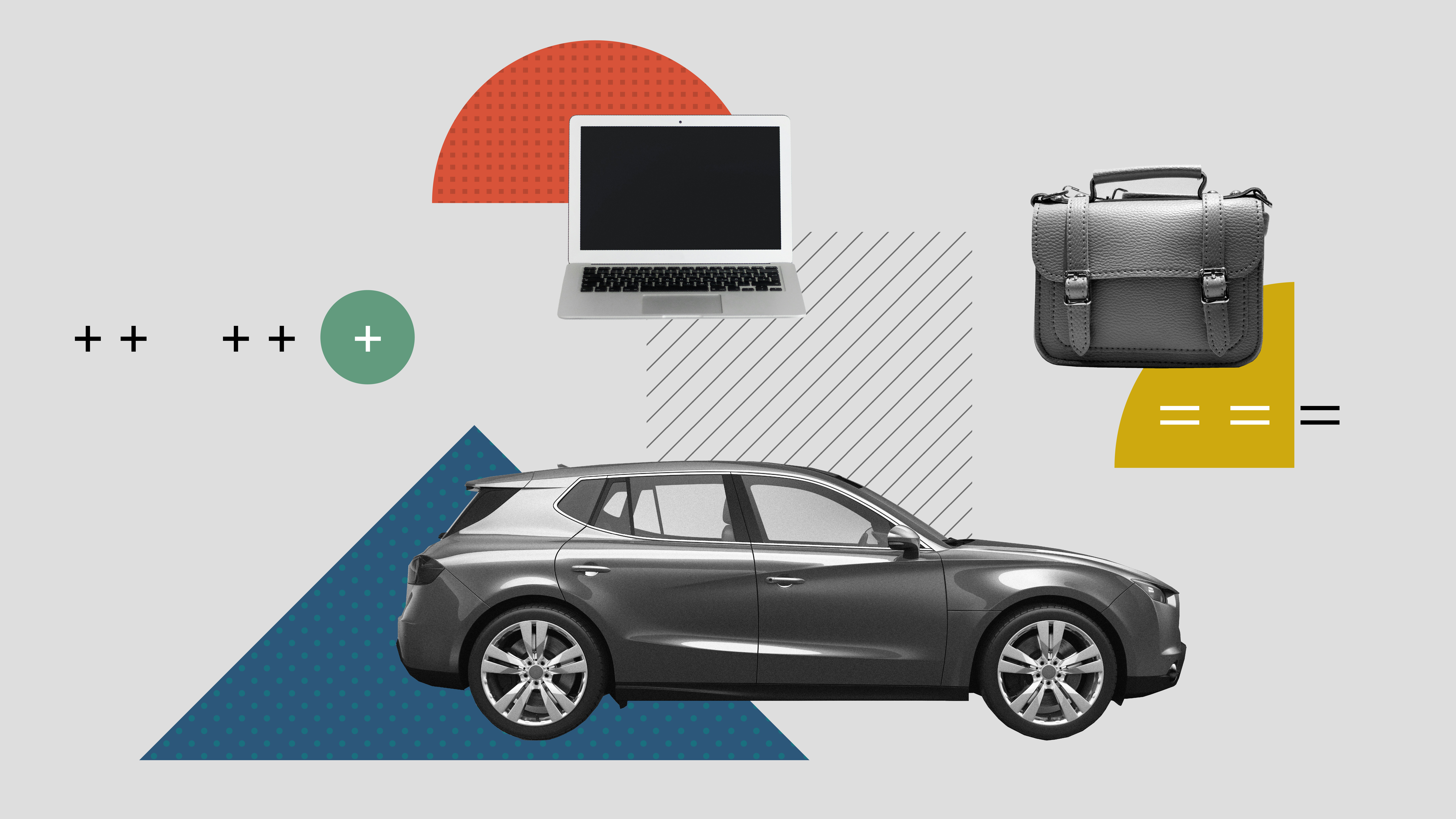The EURO STOXX 50 Index is tracked by some of the most popular ETFs in Europe as measured by both assets under management (more than €20 billion) and average daily trading volume. The index's popularity has led to lower management fees and greater liquidity amongst the ETFs that track it. It's a simple and low-cost way to quickly invest in 50 of the largest companies in the Eurozone, diversified amongst an array of industries and countries.
Index Construction
The components of the index are chosen by ranking each company in the 19 EURO STOXX Supersector indices by free-float adjusted market capitalisation. The 40 largest companies are automatically chosen as components of the index, while the remaining 10 are selected from the 41st to 60th ranked companies, with preference given to existing components in order to reduce turnover. The index is reviewed in September of each year, but there are criteria which can turn over components sooner, such as a bankruptcy, merger or otherwise slipping from the ranks of the top 75.
Broad Diversification in a Tidy Package
The average constituent of the EURO STOXX 50 index has a market capitalisation of more than €30 billion. As such, the index captures nearly 60% of the market capitalisation of the EURO STOXX Total Market Index with its 50 constituents, while the EURO STOXX Total Market Index covers about 95% of total Eurozone market capitalisation. The index's size and breadth make it a suitable core equity holding.
Given that the Eurozone area stretches from Portugal in the southwest to Finland in the northeast and has a population greater than that of the United States, the index offers a tremendous amount of diversity in a tidy package. The index's construction methodology caps the contribution of any one component to 10%, which serves to limit concentration risk. At present this cap has not been enforced as neither of the two biggest components of the index, Total SA FP and Banco Santander SAN, currently exceeds 6% of the index's total market capitalisation.
While no company has an outsized influence on the index, the EURO STOXX 50 does have a fairly high degree of industry concentration. Even after posting steep losses in the wake of the 2008 crisis, the financial services sector (composed mainly of banks and insurance companies) is the single largest industry represented in the EURO STOXX 50 index by a significant margin, with a 30% share. It is important to keep this large exposure to financials in mind when judging how the index would fit with the rest of your portfolio.

The big four Eurozone economies (Germany, France, Italy and Spain) dominate the EURO STOXX 50, accounting for nearly 90% of the total market capitalisation of the index.

A Look at Valuation
Morningstar's equity analysts cover nearly all the components of the EURO STOXX 50 Index. We can aggregate their fair value estimates for the individual components to arrive at an estimate of the index's fundamental value. Based on these estimates, the index currently has a price-to-fair value ratio of about 0.95--implying a modest discount to its intrinsic worth. The top-10 holdings of the index can be seen here:

A Look at the ETF Menu
Here is a menu of the various ETFs tracking the EURO STOXX 50 index. While they all might seem similar enough, let's take a closer look at some of the differences amongst them.

For investors primarily concerned with liquidity, the Lyxor Euro STOXX 50 is not only one of the largest ETFs in Europe but it can also boast of being among the top in terms of trading volume, allowing investors to easily enter and exit the fund with minimal price impact and a tight bid-ask spread. In terms of expenses, the ETF from db x-trackers is likely a good option for many investors, as not only does it have the lowest TER but it is available on multiple exchanges in multiple currencies. Investors concerned about the counterparty risk inherent in swap-based ETFs may gravitate towards the iShares physical replication option, but they will pay a price in a higher TER and greater tracking error. iShares also offers one of the few options that distributes its dividends rather than capitalising them. Investors need to take their individual tax circumstances into consideration when choosing between capitalising and distributing ETFs.
























